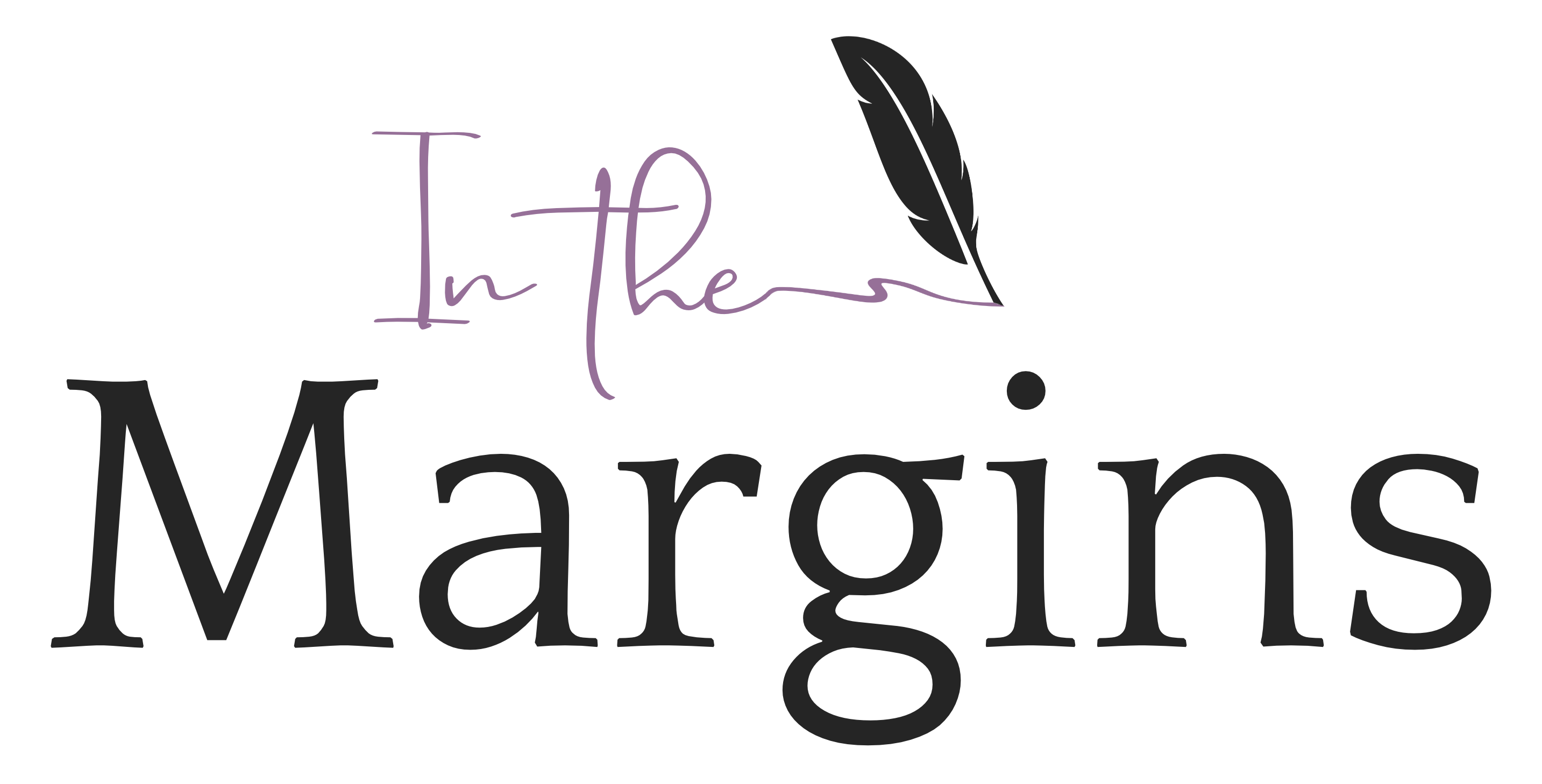Do you worry that your writing sounds robotic or monotonous? Sometimes when we’re learning to write or rushing to capture a scene on paper, we fall into repetitive structures that result in writing that is—sorry!—boring.
While it’s true that some repetition can be utilized for effect, it should be done so with intent. That is, the writing around it should have such a good flow that when that repetition hits, it stands out and makes your reader pause to take it in.
But sometimes we don’t take the time to shape our words.
Take this brief scene for example:
He opened the car door, furious about being late. He put the key in the ignition, rushing to get the car started. He took off down the road, speeding along to the meeting.
Awful, right? It feels formulaic and dull.
Thankfully, small changes can stop your prose from sounding robotic and help your readers to settle into a rhythm. How can you accomplish this?
Mix up your sentence and paragraph structures to improve tone and flow.
Look at what a minor line revision can do for the example above:
He was going to be late. Furious, he flung open the door to his car and shoved the key into the ignition. As soon as the engine purred on, he sped off down the road.
There are still more changes that we can make to enhance interest in this scene, but very slight adjustments to the sentence structure have helped improve the rhythm and readability. Instead of feeling as though we’re reading a report of the character’s actions, we’re better able to feel his frustration.
Varying Your Sentences
Change Up Sentence Structure
There are four sentence structures:
- basic or simple sentences
- compound sentences
- complex sentences
- compound-complex sentences
By familiarizing yourself with these structures, you can begin to intentionally vary between them as you revise. Can you combine any simple sentences into a compound or complex sentence? Is there a compound-complex sentence that may be more effective if its components were broken down into shorter pieces for impact? (Yes, simple sentences can have great impact!)
Mix Up Sentence Length
Long sentences and short sentences each have their own role. Shorter sentences can typically create a sense of urgency or draw your reader’s attention to an important bit of information or emotion. Meanwhile, longer sentences convey thoughtfulness, tell a story, etc. Just as with sentence structure, your sentence length should vary to create rhythm.
Notice the change in tone in the example below:
Freya had wandered far from the cabin and could no longer remember her way back. Her mother would be angry, no doubt, and Freya pondered which scared her more: home or the dark. As she pushed her way through bushes and brambles, a branch snapped behind her. Freya spun. She could see only shadows.
The shorter sentences trigger a change in atmosphere and can pick up your reader’s heartbeat the same way we would expect the character’s to pick up in fear.
Break the Rules
We’re not in the classroom anymore. You can have a lot of fun of messing with run-on and fragment sentences as long as you do so mindfully. When used intentionally, “incorrect” sentences can be a great means of heightening emotion, emphasizing or making your point, drawing attention, generating a sense of urgency, etc.
Vary Those Paragraphs, Too
Paragraphs unify an idea, description, etc. But just like sentences, they can serve different purposes, and by varying the lengths and rhythms, you can change how your reader engages with the story, the mood being set, and even how we perceive your characters. Not to mention that with the right touch, paragraphs can pack a dramatic wollop at the right time.
In fiction, we don’t tend to follow the same rules or structures presented to us in school. Instead, your main paragraphs will inform, describe, generate action, or present dialogue/internal monologue.
Paragraph Variation Can Inform Your Pace
Action paragraphs tend to be shorter. They generate a quick pace that pushes the action and plot forward. Informational or descritive paragraphs tend to be longer, allowing the reader to slow down and contemplate what’s going on, or to settle into a scene or emotion. Dialogue and internal monologue can go either way, but lean shorter to allow for conversations to move forward.
Just as with sentences, you want to mix up the types of paragraphs and their lengths so that we aren’t getting all of one or the other. Understanding when and where to play with which type is how you improve your style and voice.
Try a One-Sentence Paragraph
For those dramatic moments when you want something to really stand out, a one-sentence paragraph is a legitimate technique—don’t let anyone tell you otherwise.
Conclusion
Mindfulness plays a huge role in becoming a skilled writer. You find and grow your style first by understanding and then by paying attention to things like how sentence and paragraph lengths affect your readers. This is what line revisions/editing are all about. Play with your rhythms. Find what makes sense for your story.

